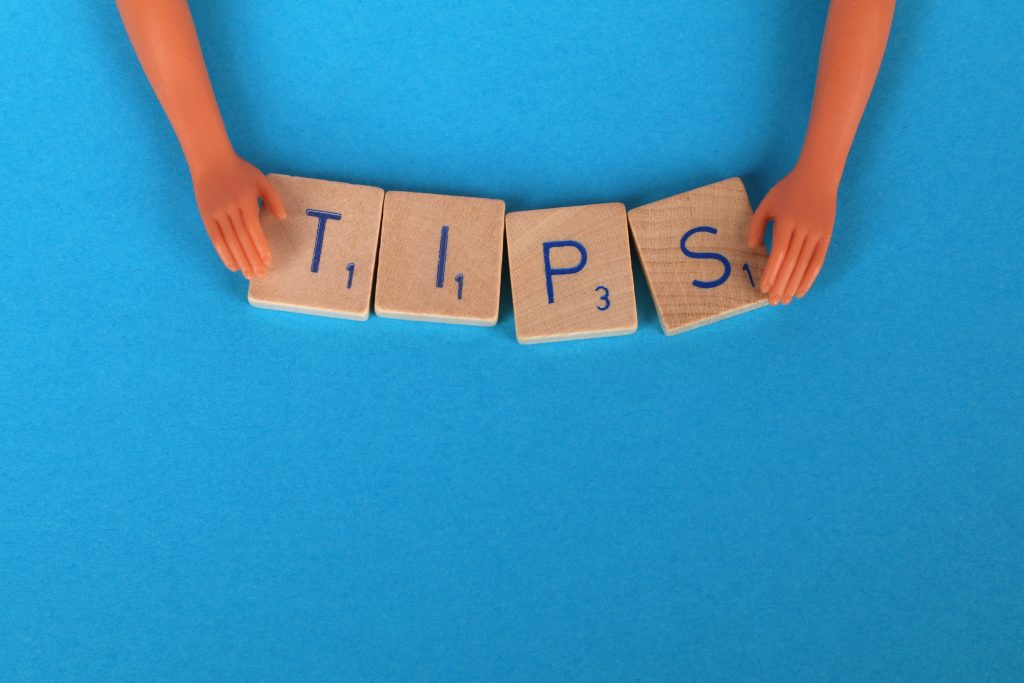Take a look at your fingerprint.
I’m serious.
You can even smudge some ink on your thumb and place it on paper if you’re feeling particularly adventurous.
Now, look at the curves, swirls, and whorls that make your fingerprint uniquely yours.
A brand works in the same way.
It’s unique. It’s personal. And it’s unmistakable.
It’s that space carved in the mind of your customer when they hear your business name or see your logo.
But what if you’re just setting up shop? Or haven’t made that many sales yet?
Is branding really essential for a small business?
Let’s take a look.
What is branding?

Branding is the process of creating a consistent identity that represents your company, products, or services and distinguishes your business from the competition.
A brand can include:
- Company logo
- Slogan
- Company values, mission, and vision
- Visual identity
- Marketing and advertising messages
- Product or service differentiation
- Website and social media presence
- Reviews and ratings
- Customer support and service
- 4 P’s: Product, Price, Place, Promotion
In other words, your brand is who you are in people’s minds. It is the combination of all the ideas, images, thoughts, and feelings that come to mind when someone sees your business name.
Think of McDonald’s. What comes to your mind?
The Golden Arches, Ronald McDonald, perfectly-salted fries and the McChicken®, the slogan I’m Lovin’ It, their yellow and red colors?
That’s the power of a solid brand.
Is branding important for a small business?

Yes! A well-branded small business will have an advantage over its competitors because it has a unique selling proposition (USP). It’ll be able to differentiate itself from the crowd and stand out, both in the consumer’s mind and in the marketplace.
Let’s look at key reasons why branding is vital for a small business:
People will remember you
Without a brand, you’re just another fish in the ocean.
Branding helps create an impact. It reminds people of the needs you fulfill and the value you provide.
Suppose you run a swimwear brand made with eco-friendly material. A brand name such as ‘Eco Swim’ with a powerful tagline and logo is a great place to start. Top it off with an effective social media strategy (share your values, product quality, and testimonials from happy customers), great packaging, and targeted advertising.
With time, prospects will know you by name. They’ll recognize your brand on store shelves, online, and even in their email inboxes.
Builds trust and credibility
Brand consistency builds trust and credibility with customers by letting them know they will receive the expected product or service when doing business with you.
They come to recognize and identify with your company, which positively affects your reputation.
Would you rather buy Gatorade or a random energy drink from a store?
The ingredients and additives might be similar. The only difference is the brand.
Drives sales
Consumers want to buy from businesses that offer quality products, great service, and share their values and beliefs.
When your brand stands out and drives a feeling of connection, people are more likely to purchase from you.
Who do you go to when you have a problem? A close friend, most likely.
Your brand should strive to carve that same space in the mind of your potential and existing consumers.
Also, don’t underestimate the power of word-of-mouth. When you have a positive brand reputation, customers will make the sale for you. People will recommend your business to their friends and family because they know and trust your company.
Improves customer retention (and can even build a community around your business)
Did you know that it costs 5 to 25 times more to acquire a new customer rather than retain an existing one?
A strong brand can help foster loyalty among your existing customers, driving repeat purchases and even turning them into brand ambassadors.
And when someone new comes along, the existing community will enthusiastically vouch for your business.
Remember: Building and nurturing relationships is an essential part of a brand.
Actionable Tips To Develop Your Brand As A Small Business

1. Define what makes you unique
This is the first step toward building a strong brand. You need to clearly establish who you are, the value your business provides, and what sets you apart from the competition.
The differentiating factor could be something as significant as the actual product or service or something as small as the packaging.
2. Identify your target market
You need to figure out who your business will be targeting. A customer avatar or ideal customer profile is an easy way to accomplish this.
Start by naming this fictional person who will represent a member of your target market.
Then, open a notebook or a Google Doc and jot down:
- Gender, age, education, occupation, religion, location, income level, and marital status of this person.
- Hobbies and interests
- Values, beliefs, needs, wants, challenges, pains, desires, and motivations
- Where they get their information from (social media, digital publications, newspapers, family and friends)
- Why they need your product or service and how it’ll help them
This will help you clarify how to position your business and communicate with your target audience.
3. Create your brand assets
Now that you know what your brand stands for and who you’re speaking to, it’s time to build the tangible assets!
Here are some aspects that this includes:
- Logo
- Slogan or tagline
- Color palette
- Fonts
- Social media handles
4. Consistency is key
Consistent messaging across all channels is crucial to establishing a strong brand identity.
Make sure that every piece of content you create — from your logo to your emails — aligns with your brand.
If not, you risk confusing your potential clients and even seeming inauthentic.
5. Test your brand
You might create a logo, tagline, and brand identity that you absolutely love. But what if it doesn’t resonate with your audience?
That’s why it’s essential to test and get feedback.
Three simple ways to test your brand include:
- Send a questionnaire to your customers (offer an incentive — maybe a discount coupon or a freebie — to get them to participate)
- Post in a Facebook group where your target market hangs out, asking for feedback about your brand
- Host a focus group
Bonus: Quick, Easy, and Low-Cost Ways To Develop Your Brand Assets

- Create a logo using Canva or outsource the job on Fiverr
- Select the right font for your brand from sites like Google Fonts and Open Foundry
- Set up a professional website for your brand without much technical difficulty by using Squarespace or Wix (Note: WordPress is best for SEO)
- Use tools like Buffer or Hootsuite to schedule your social media posts
- Source your images from royalty-free sites such as Unsplash
Pro Tip: Create a folder with all your brand assets for easy access.
One Last Thing…
Your brand is not a static identity. It should develop along with your business.
So don’t stop with the first version. Continue to build and improve!
- 7 Inspirational Writing Quotes (And What Writers Can Learn From Them) - September 1, 2022
- 5 Effective Ways For Marketing Your Small Business On A Budget - August 24, 2022
- The Importance of Branding for a Small Business (Plus Tips To Get Started) - August 24, 2022